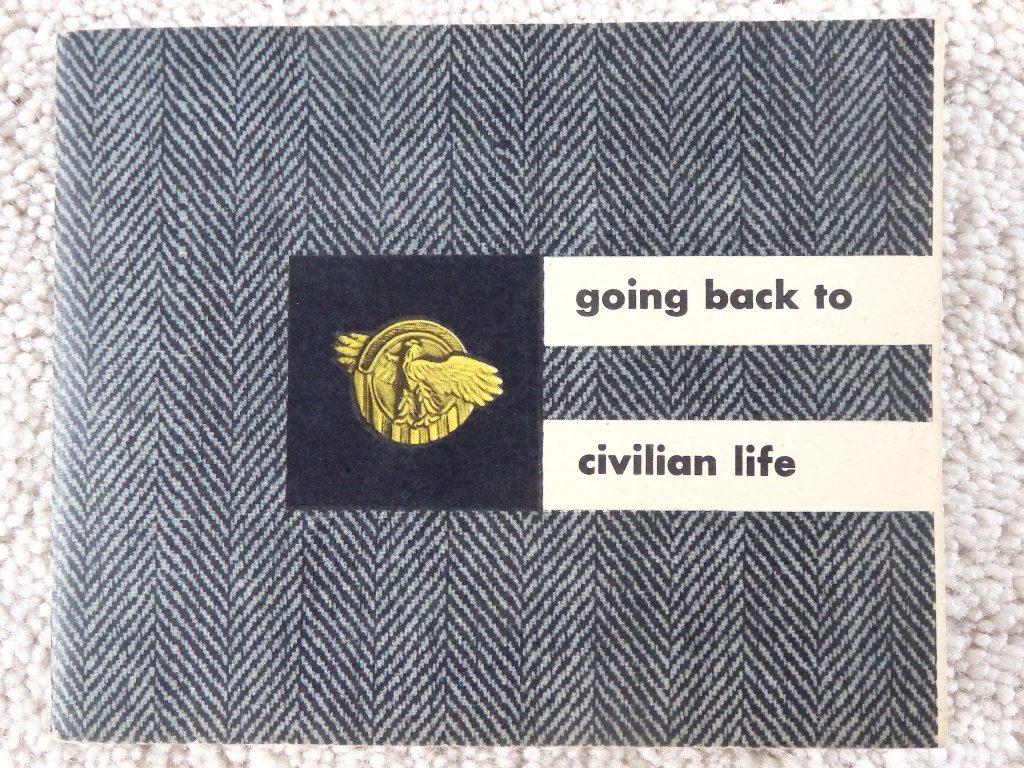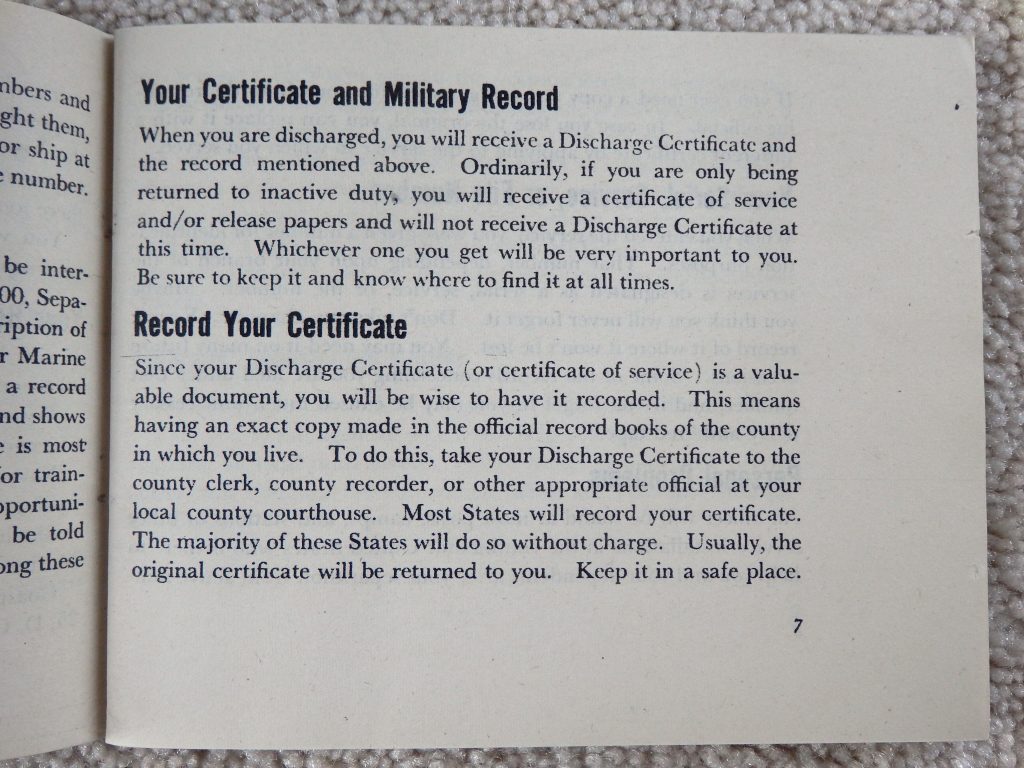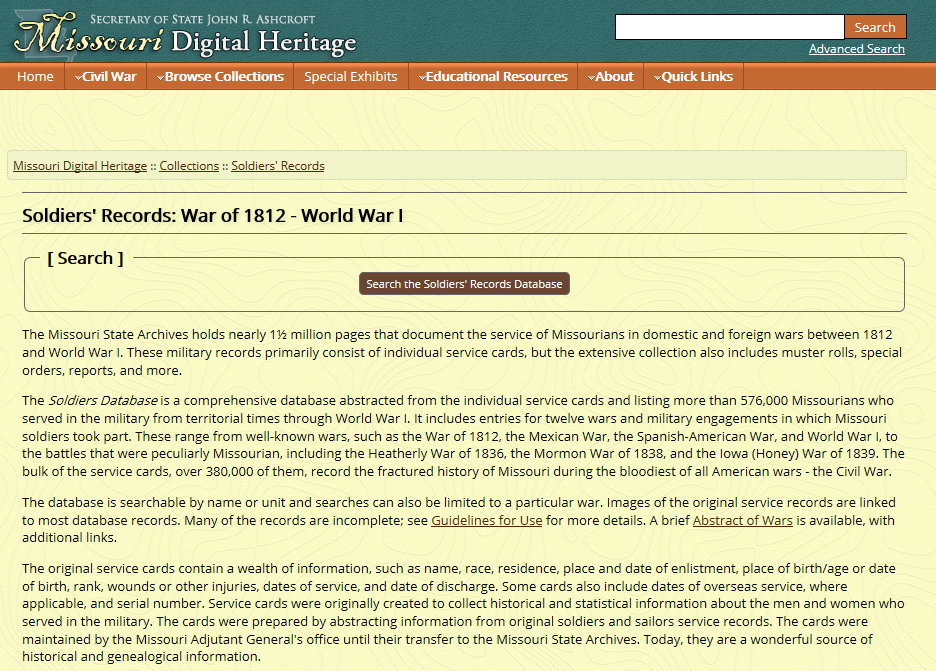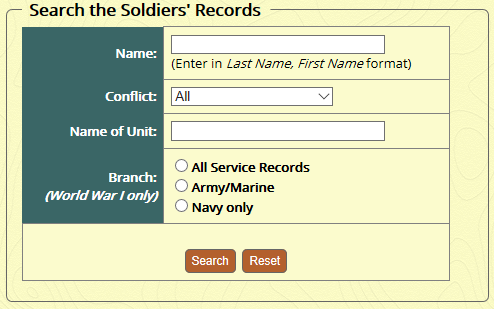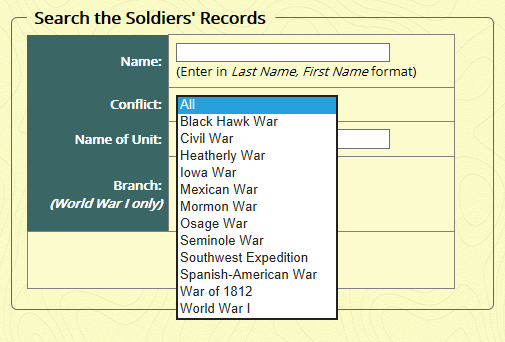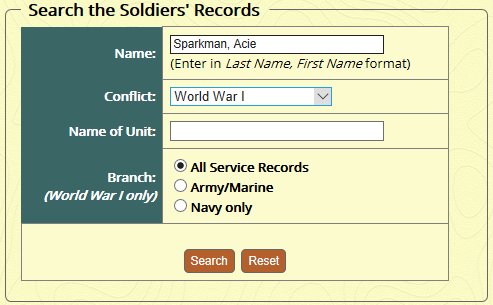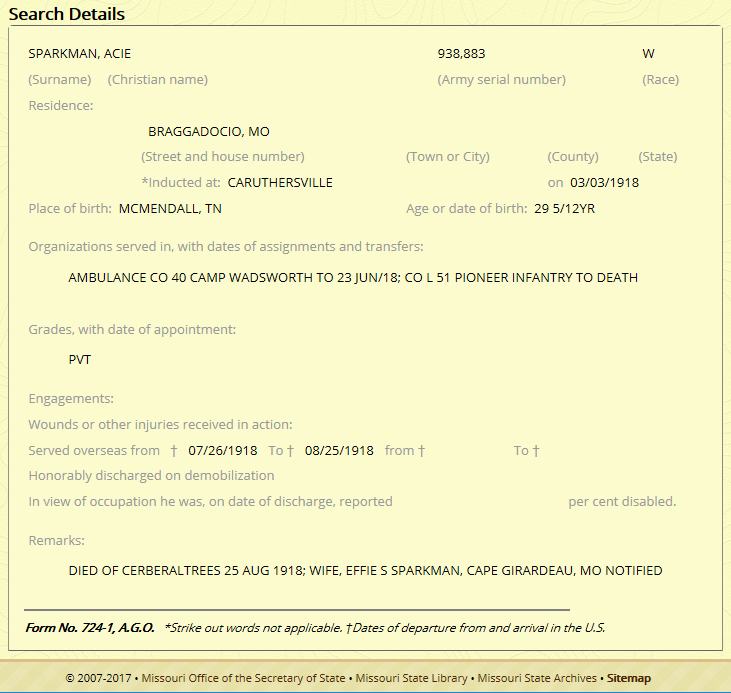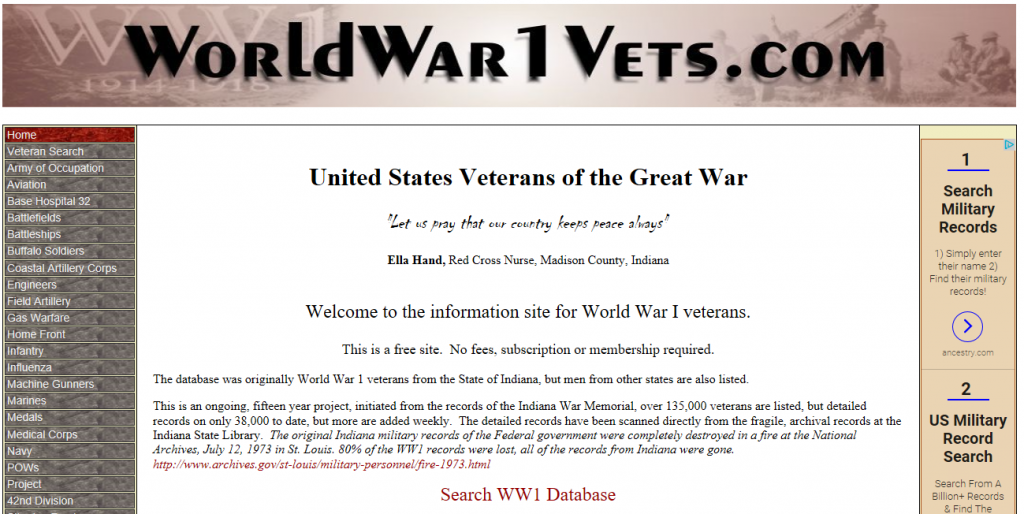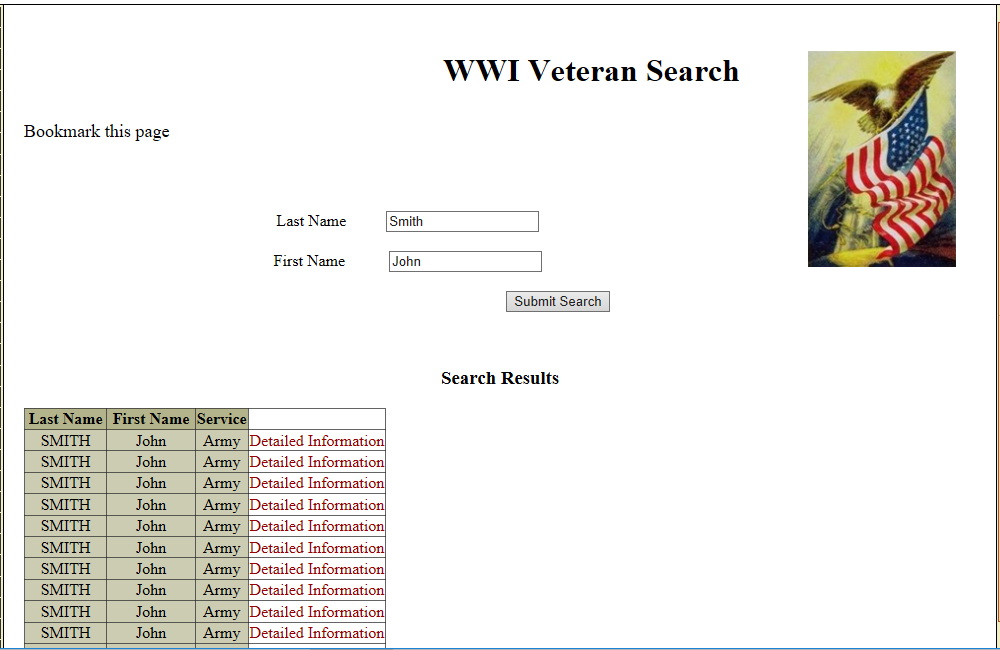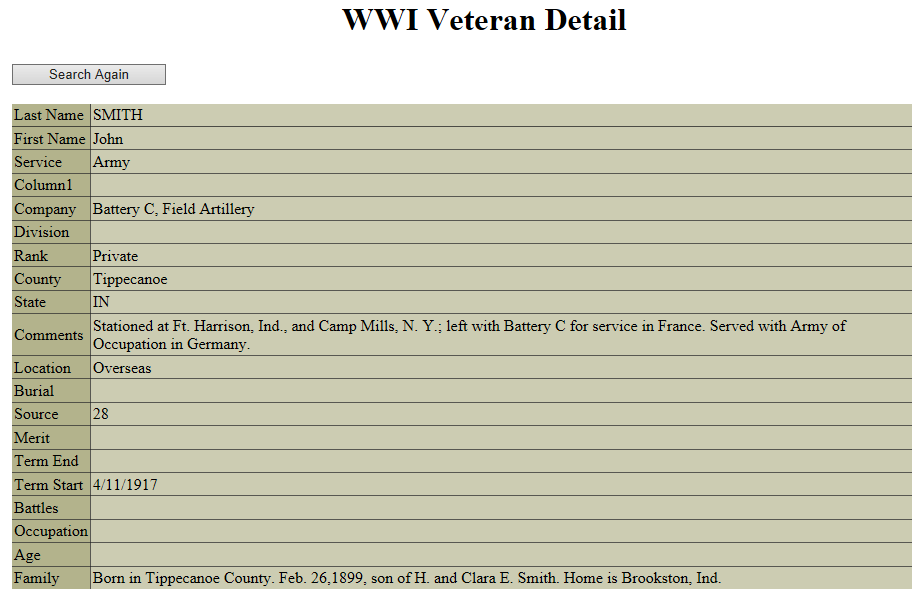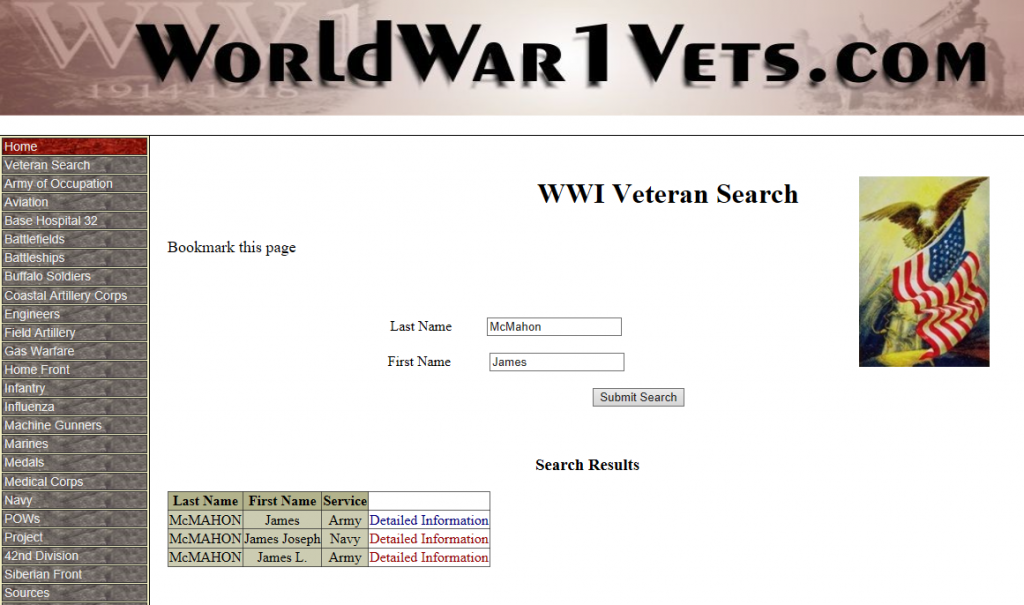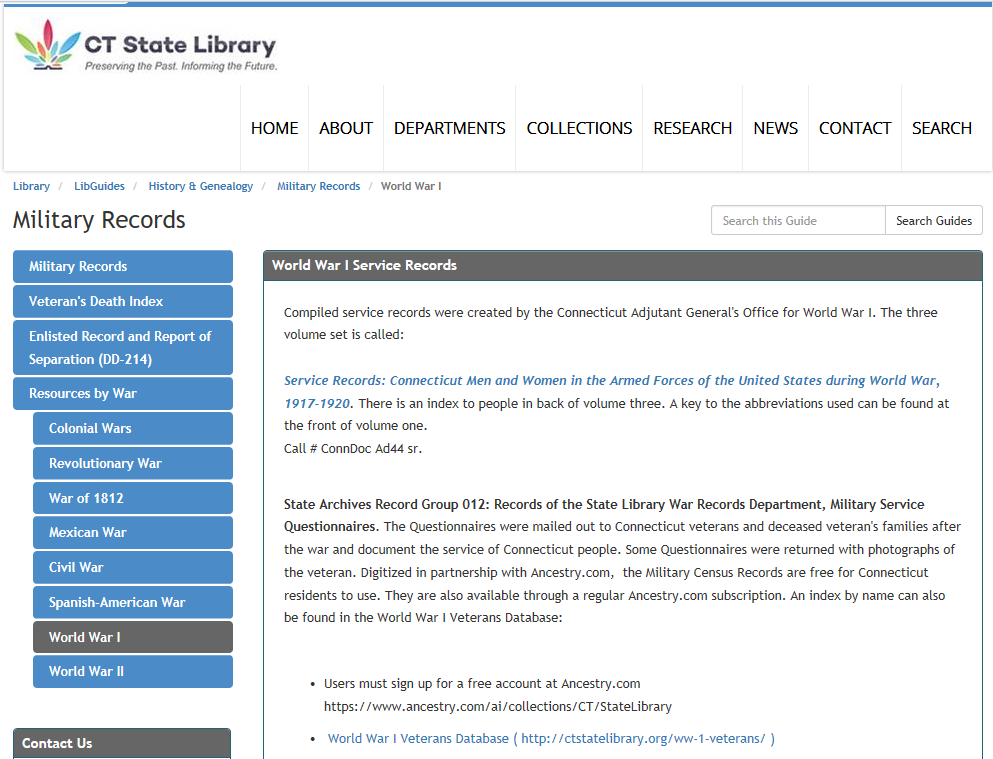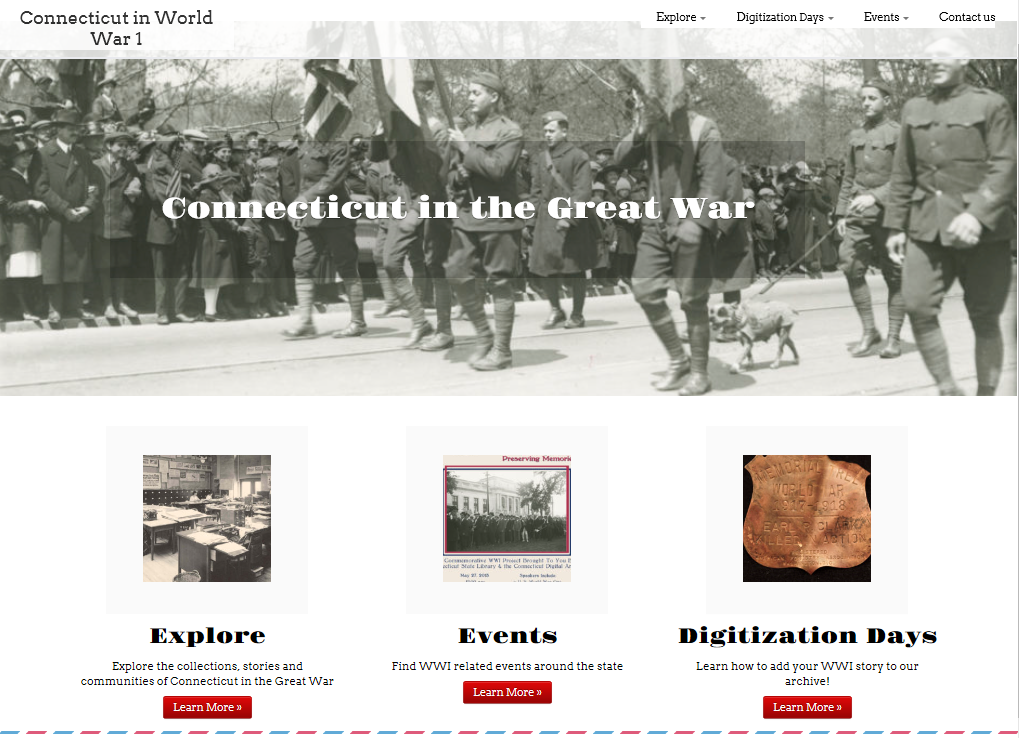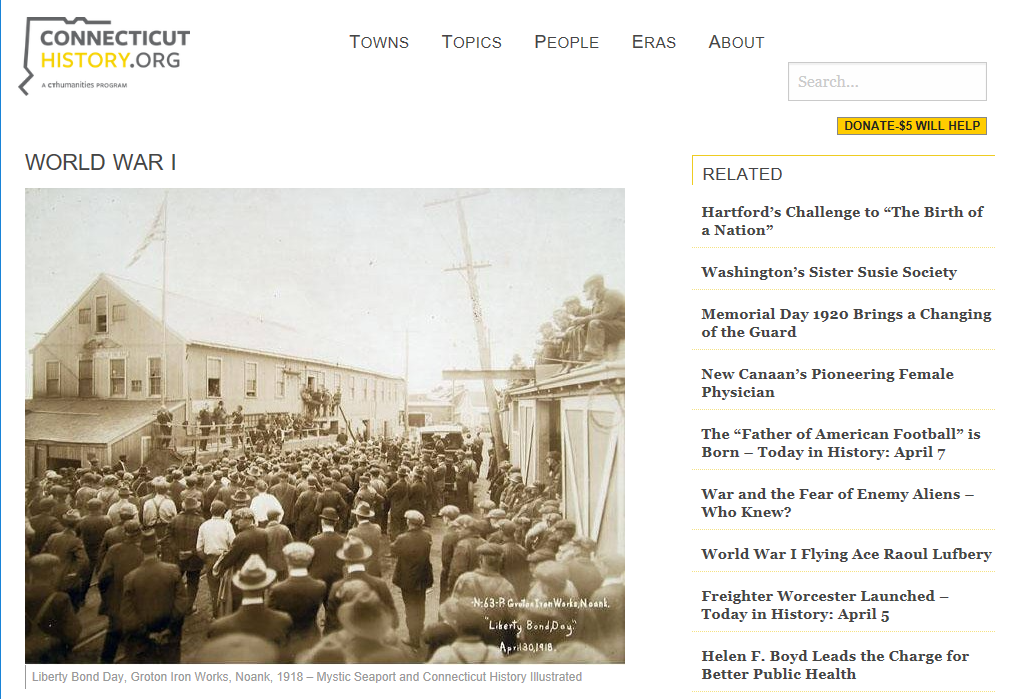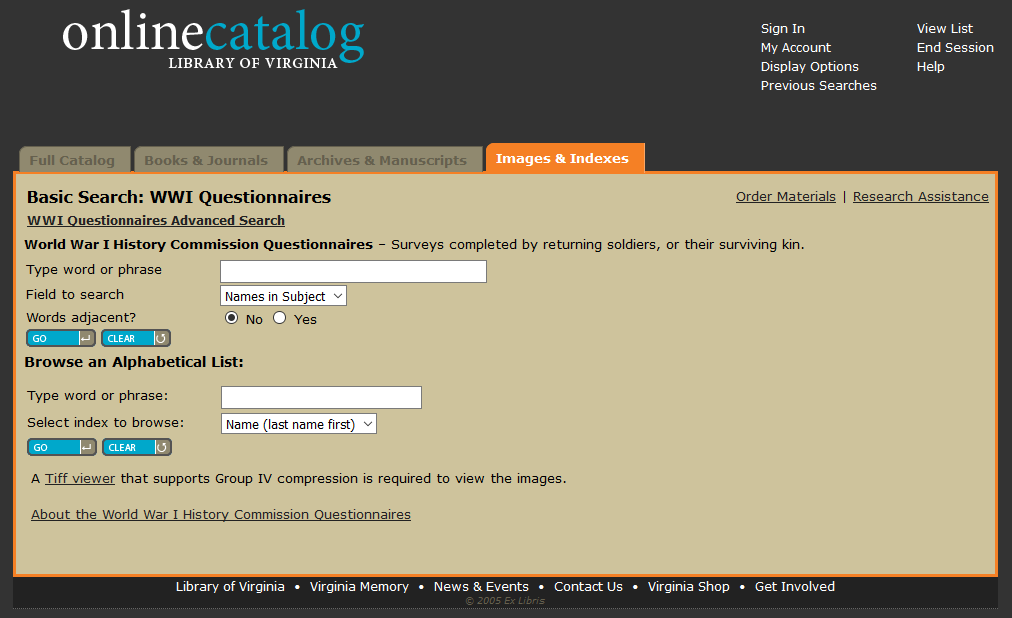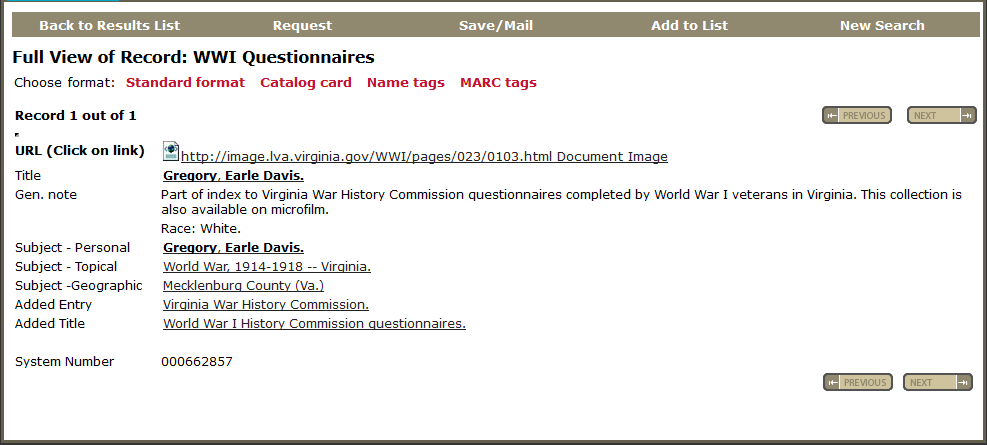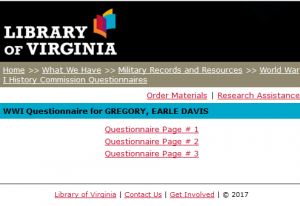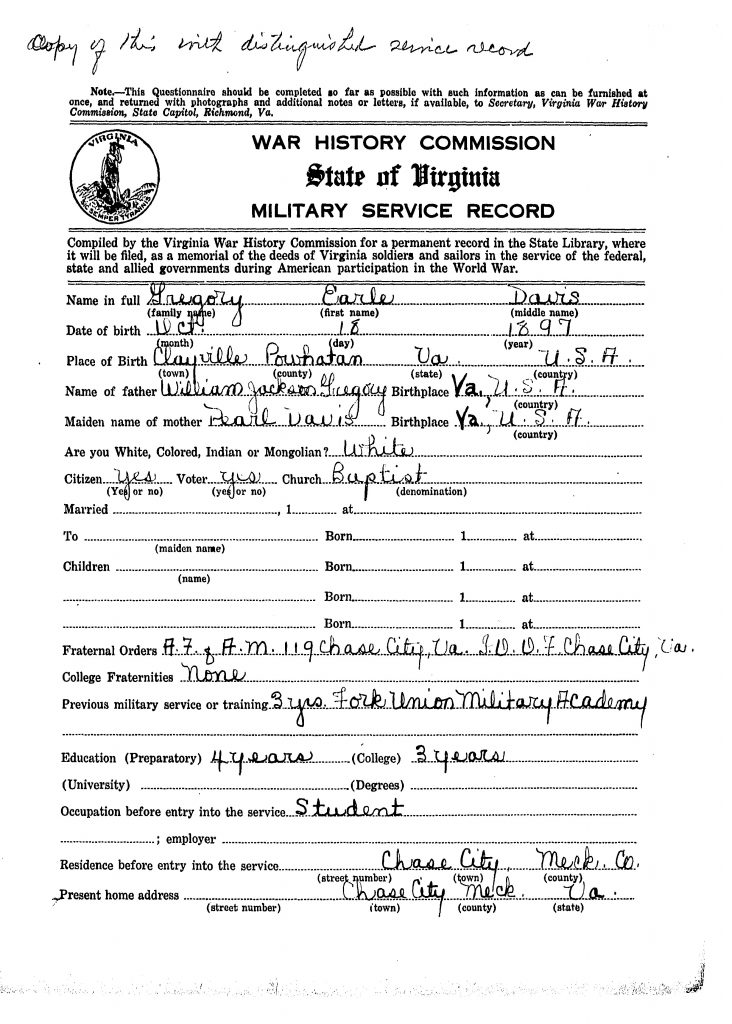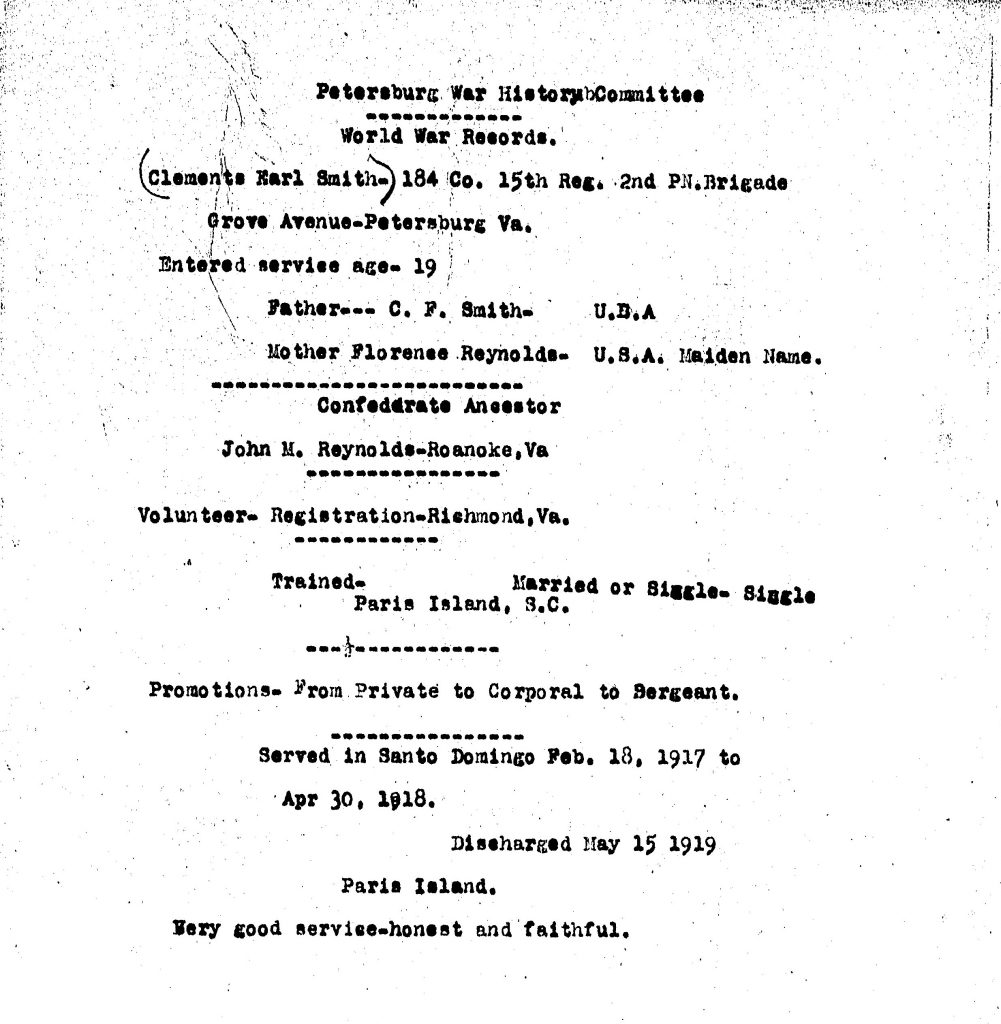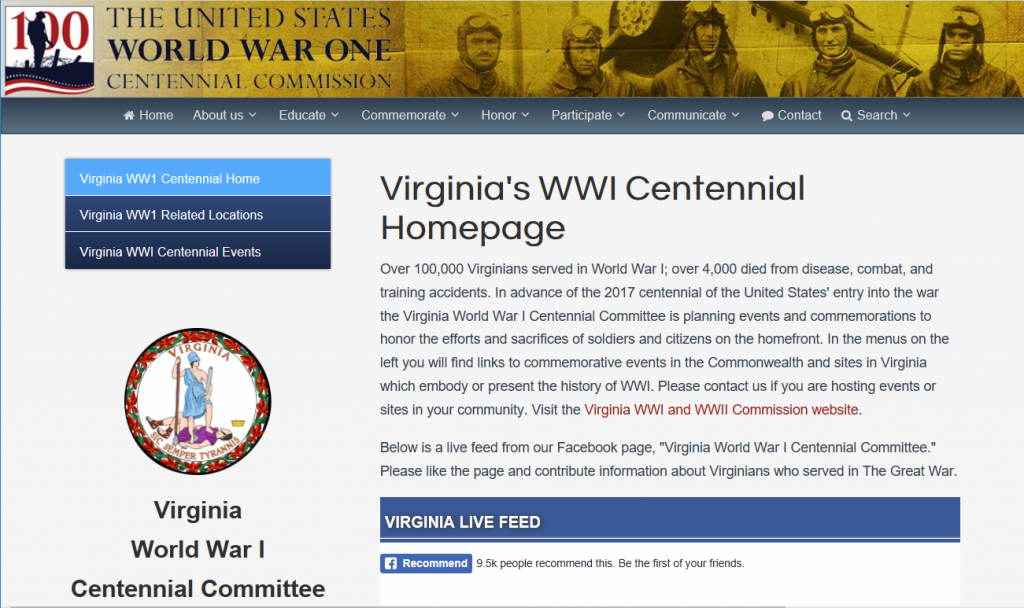Family History Outing: WWI at the Holland Land Office Museum
In addition to the displays of Holland Land Office material, discussed in the Family History Outing: The Holland Land Office Museum blog post, there was another exhibit of interest to me. The HLOM has an exhibit “Over There to Over Here: 100 Years Later, Genesee County in the Great War,” which is featured on their website.

The Museum is home to artifacts from the Great War. Soldiers’ equipment, uniforms and other WWI memorabilia are on display. There are artistically decorated helmets, and sheet music. Every item is clearly labeled, and the exhibit has been put together with great care and thought. In the displays, WWI history moves beyond the descriptions and illustrations in books to real objects. For me, seeing a soldier’s pick, that had been over than back over here, brought to mind equipment used by the Pioneer Infantry Regiment.
The exhibit includes a book where the names of Genessee County residents who served in WWI have been collected. Some were residents before the war, while other veterans settled in Genessee County after the Great War.

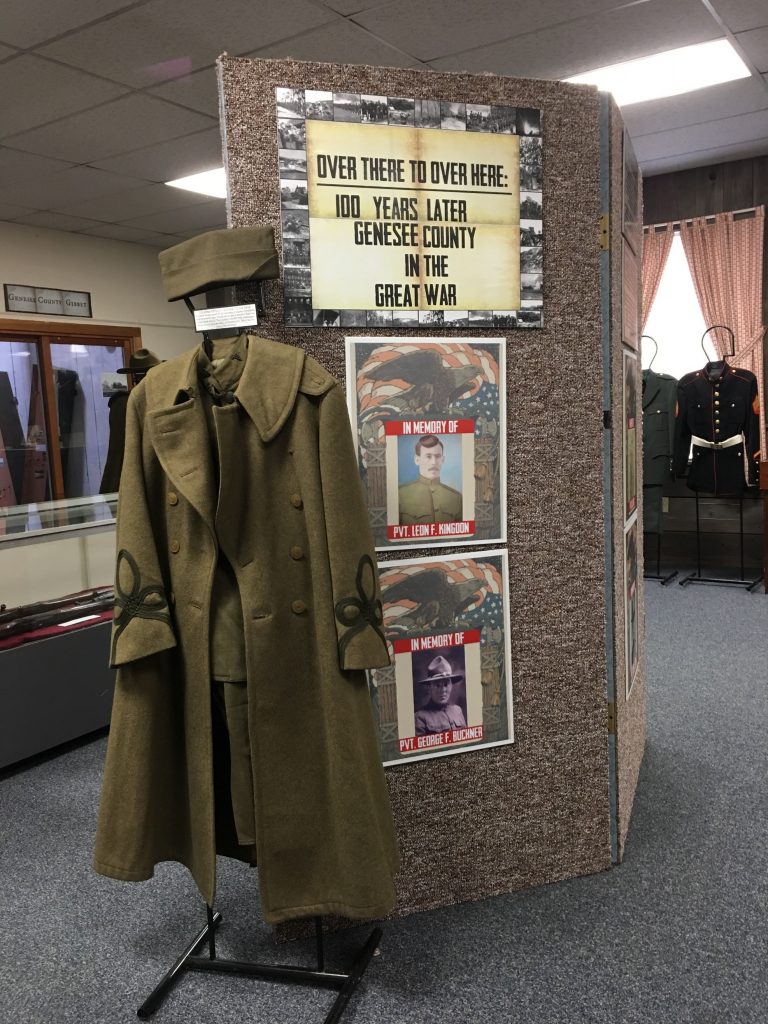
It is always important to check the holdings of all the museums and archives in your ancestor’s local area. For example, Executive Director Duffy told a story about one visitor who was surprised to find several items, including a dogtag and discharge papers, for a relative he did not even know was a soldier in WWI.
The Museum also display items from the military service of Genesee County residents in other wars. Even though we did not have Genesse County ancestors, we enjoyed this part of our visit to the Holland Land Office Museum. So, if you find yourself near Batavia, NY, think about stopping in.
To learn more, visit the Holland Land Office Museum website.



